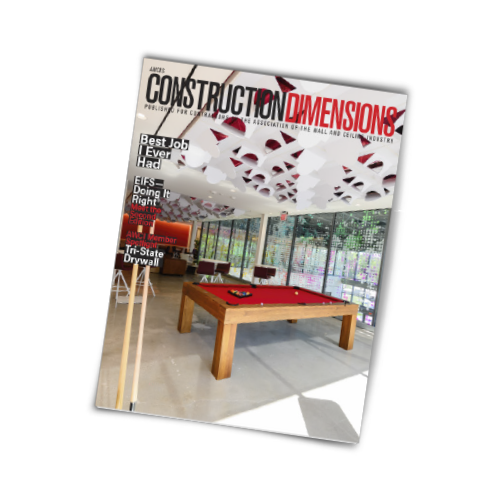Many industries utilize the title “estimator.” We have adjusters in the insurance industry, primarily in property and automotive areas, referred to as estimators. Appraisers are frequently associated with the estimator title. It is rare when the skills of these professions can effectively transition into the construction industry.
Few actually have the skills needed in the construction industry. It is one thing to look at an item, as in the case of automobile repair, pull a book out and lookup the replacement cost. Every item has a material and labor cost linked to it. No particular skill is required other than the ability to read charts. The appraiser will compare the subject property to other properties in the area that are similar. Using a series of adds and deducts, the appraiser will adjust the price based on how the other properties compare in quality, type of construction and physical condition of the property. The construction estimator is on his own and must apply multiple skill sets to be successful.
The primary skill, reading line drawings, can be taught to most. The ability to visualize these lines into something meaningful is not intuitive nor can it be easily taught. Interpolation is a gift, not a learned trait. The ability to visualize a series of one-dimensional lines into a three dimensional object is a rare gift—you either have it or you don’t. A good estimator will even have the ability to visualize conceptual drawings and know what the architect will eventually want even before the architect has completed the drawing.
Estimators work in a three-dimensional world with one-dimensional tools. Architects/Designers have the visualizing gift in a reverse sense. They are able to transfer mental images into the one-dimensional field. The advantage they have over the estimator is the image originates and is fixed in their mind. We, on the other hand, have to be able to take the lines and manipulate them. The estimator must build, in his mind, a three dimensional model—a model that includes all the components and the manpower needed to assemble these components.
Some of our coworkers, superintendents and carpenters, in particular, have the skills to visualize the end product. Rarely can they make the transition from the job site to the estimator’s work place. I say “rarely” because in addition to the visualization skills, estimators must have additional skill sets.
A strong understanding of mathematics, the ability to organize the proper sequence of events and recognizing the not so obvious are essential skills the professional estimator must have. Understanding the materials, their limitations and the units they are produced in play a role in assembling an accurate estimate.
To fully appreciate the skill level estimators have, take your last estimate and study the final product. Look at the detail you were able to create from a one-dimensional drawing. Take pride in being the bridge from the one-dimension world into the three-dimension world in which we live.
About the Author
Charles Mahaffey is president of Accuest, LLC, Marietta, Ga. Accuest provides estimating and consulting services for commercial drywall subcontractors.




